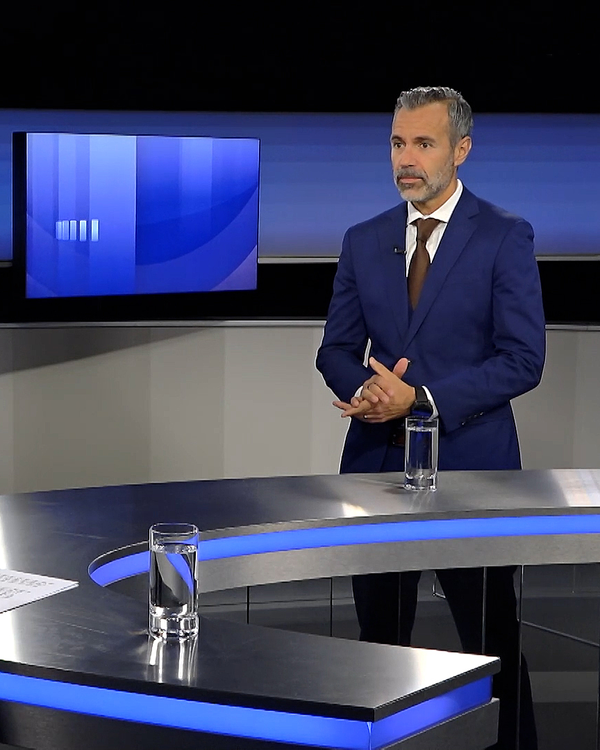An approaching thunderstorm rather than continued sunshine
The sentiment on the financial markets shows little change within a month. The mood is still too euphoric and the market breadth has recently increased. The signs are more indicative of an approaching thunderstorm than continued sunshine.

At the level of companies, the signs of an impending economic slowdown are increasing. Sectors at the start of the production process, such as chemicals, construction, semiconductors and parts of industry, in particular, are reporting declining incoming orders.
The picture is different for companies that are close to consumers. Demand for consumer goods and services continues to develop dynamically. The sharp rise in financing costs over the last 15 months – in the USA, for example, 30-year mortgage interest rates have risen from three percent to seven – can evidently be offset for longer than anticipated with favourable labour market conditions and fiscal support. Inflation, which has currently fallen sharply, is also brightening the mood.
Nevertheless, we do not believe in a soft landing. After all the stimuli from the pandemic, climate packages and the energy crisis, monetary policy decisions are simply taking longer than expected to have an effect.
The recent interest rate hikes by the US and European central banks should still exert their slowing effect in view of the historically high levels.
How do we currently assess the financial markets and how are we positioned?

- Valuations, economic development and financing conditions: negative. In addition to the weakening economy, the historically high equity valuations (all the more so with high profit margins) and the tighter monetary policy also indicate caution.
- Sentiment: neutral. While institutional investors had held back for a long time, in recent weeks they have given in to the pressure from small investors and purchased additional shares.
- Momentum: positive. The market breadth has increased at the moment, after the US IT giants in particular raised the stock market indices.

- Fiscal packages: At our meetings with companies, we increasingly note that state intervention in favour of the climate has now reached the companies. These companies will also be resistant to an economic slowdown.
- Profitability: However, there are huge differences in the profitability of companies. Entire sectors such as solar and wind are suffering from political intervention and overcapacity. Our current focus is on electrification (especially in the USA) and the energy efficiency of buildings.
- Selection: The majority of the companies we identify in this area are medium-sized and slightly more expensive compared to the overall market, but exhibit higher quality (in terms of return on equity and debt).

- The generally lower inflation in Switzerland will further boost the Swiss franc structurally. In the short term, however, there will be a counter-movement after the most recent appreciation. This will be triggered by the increasingly attractive real interest rates in EUR and above all in USD. Furthermore, the currency-related profit losses of many Swiss companies could reduce the cash flows into CHF.
- Conversely, the low inflation figures in the USA (3%) put an excessive strain on the US dollar (down four percent in a week to 0.86 Swiss francs). However, the coming months will not bring about any similar price declines and the central bank will also wait for new economic data over the summer before it could loosen its monetary policy course again. We are therefore raising the US dollar to overweight.
Tactical Asset Allocation in August 2023



